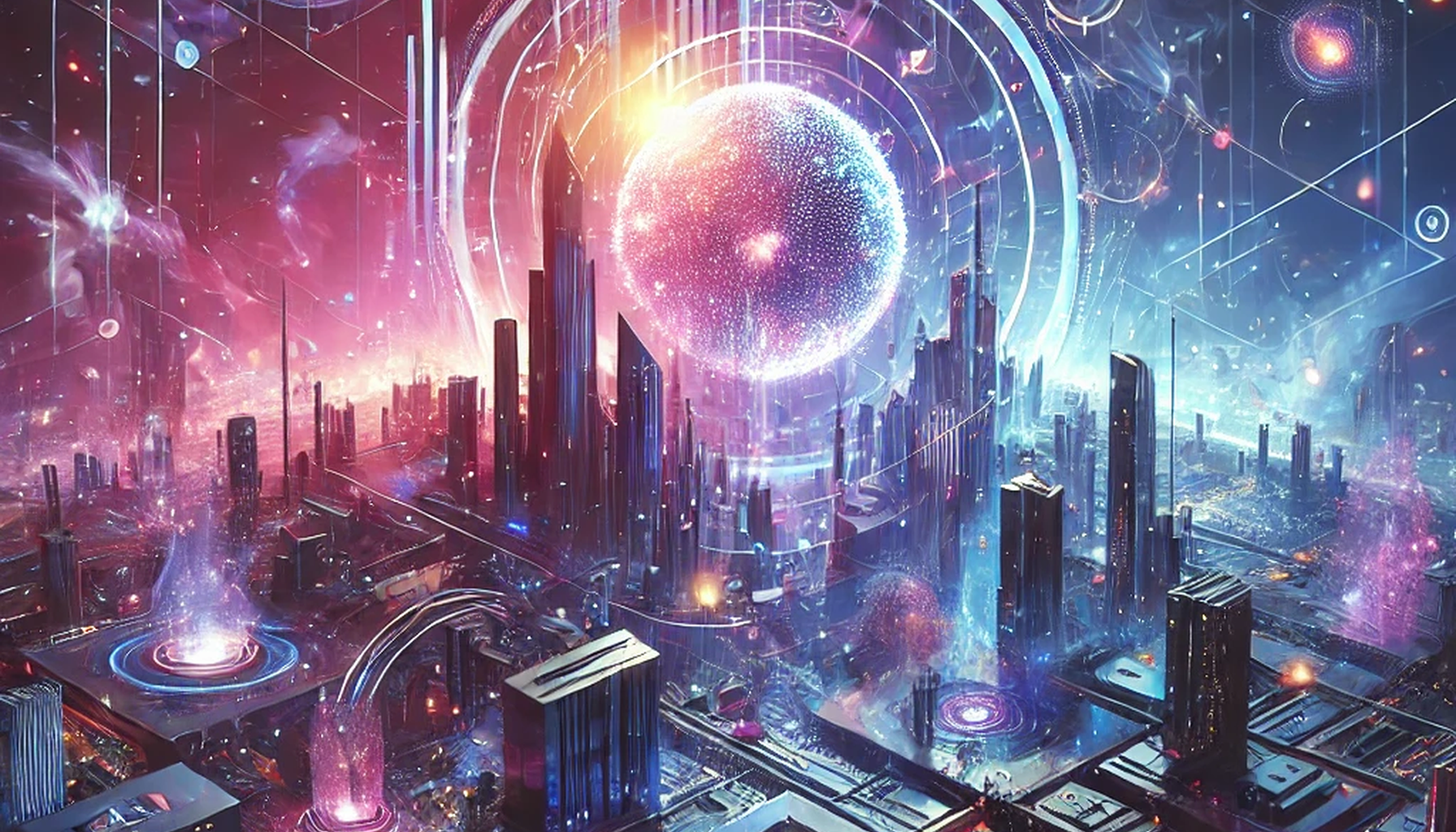AI and 3D Environments: The Future of Creative Artists
Artificial intelligence (AI) is revolutionizing many industries, and 3D environment design is no exception. For 3D environment artists, AI is unlocking faster, more innovative, and more imaginative ways to create. But how exactly is AI transforming this field, and what does the future hold for these creative professionals?
What Does a 3D Environment Artist Do?
A 3D environment artist designs digital worlds used in video games, films, animations, and architectural visualizations. Their primary responsibilities include:
- Creating realistic or fantastical digital environments
- Designing textures, lighting, and scene compositions
- Supporting storytelling with visual elements
The Role of AI: AI enhances this process by automating routine tasks and enabling artists to focus on the more creative aspects of their work. For example:
- AI-powered automated modeling: Quickly generate complex objects.
- Smart textures: AI tools can create intricate textures based on simple sketches.
How AI is Transforming 3D Art
AI is redefining the creative process by enhancing efficiency and expanding artistic possibilities. Here are some key contributions:
Speed and Efficiency
AI automates time-consuming tasks, helping artists save hours of work. For instance, NVIDIA’s Canvas tool can transform a few brushstrokes into a detailed 3D landscape in seconds.
Boosting Creativity
AI can inspire artists by offering alternative designs and ideas. If you're designing a desert environment, AI could suggest various atmospheres, lighting options, or textures to elevate your vision.
Accessibility
AI tools simplify the process for beginners, enabling them to achieve impressive results without mastering complex software.
The Future of Collaboration: Humans and AI
AI will never replace a 3D environment artist, but it will become their most powerful ally. In the future:
- Humans will lead with creative storytelling
- While AI handles the technical and repetitive aspects of design
How AI and Artists Work Together: For example, AI might generate realistic surface textures automatically, but deciding the narrative, emotions, and visual style of the project will always remain the artist’s domain.
Tips for Artists: Thriving in the AI Era
- Explore AI Tools: Experiment with AI-driven tools for 3D modeling, such as Runway ML or NVIDIA Canvas. Use these tools in small projects to get familiar with their capabilities.
- Master Traditional Skills: While AI is helpful, a strong foundation in software like Blender, Maya, or Unreal Engine is still essential.
- Build Your Portfolio: Regularly update your portfolio and showcase your work on platforms like ArtStation or Behance.
- Develop Your Own Style: AI can assist in technical tasks, but your unique artistic perspective and style will set you apart.
Conclusion: The Harmony of AI and Human Creativity
AI is more than just a tool for 3D environment artists—it’s a collaborator that enhances their speed, creativity, and efficiency. The future lies in the perfect balance between human creativity and AI’s capabilities, opening up new opportunities for groundbreaking projects. Unleash your imagination and explore the possibilities that AI has to offer!

